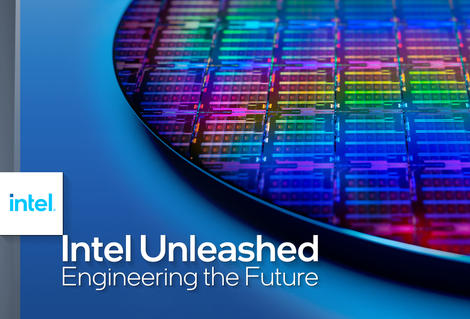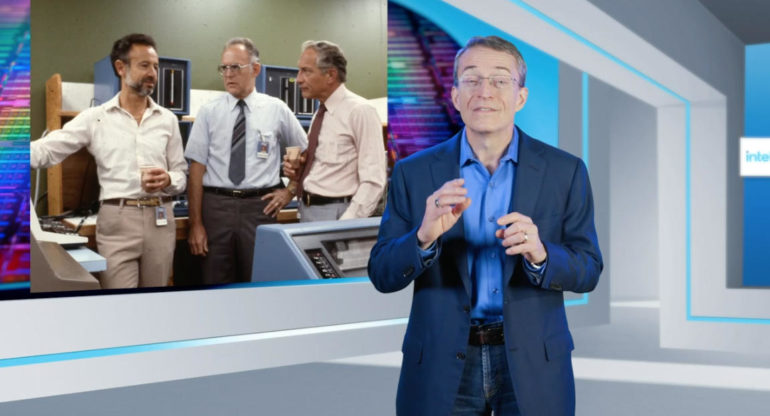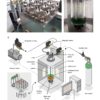Recently appointed Intel CEO Pat Gelsinger Tuesday held his first major briefing regarding his plans to bring the company back from several years of challenges.
In an event titled “Intel Unleashed,” Gelsinger spoke on a live video feed broadcast on the company’s news home page of its Web site.
Gelsinger started off by reiterating his view that running the comapny, where he spent decades, is his “dream job,” and that Intel’s “best days are ahead.”
“today we are unleashing the iconic Intel innovation engine,” said Gelsinger.
He outlined four objectives:
Be the leader in every cateogry in which we competeExcute flawlessly to our commitments.Innovatioe passionaltye with boldnessFoster a vibrant cutlrue.
Gelsinger gave an update on the comapny’s 7-nanometer production. Gelsinger said Intel had limited its use of “EUV,” the lightsource for the finest chip features. That put the company “on the wrong side of the EUV technolgoy curve.”
Intel has rectified that, he said, and has a “very strong partnership with ASML,” the vendor that produces EUV.
“We expect to tape in our 7-nanometer for Meteor Lake later this year,” said Gelsinger.
Gelsinger transitioned to talking abou the company’s forthcoming GPU chip, Ponte Vecchio, which he called an AI supercomputer.
The main event, said Gelsinger, was “The next major evolution of Intel’s IDM model, IDM 2.0.”
Gelsinger called it a “leadership combination of three vectors,” including the use of foundries outside of Intel. “We are increasing our engagment with TSM, Samsung and Global foundries,” said Gelsinger.
Gelsinger said Intel will become a “world-class global foundry,” an opportunity he called a $100 billion annual opportunity by 2025. “Intel Foundry Services” will be a new business division reporting to Gelsinger, he said.
Intel is also bidding for U.S. Department of Defense contracts, he said, and is going to build a secure faciity to manufacture parts that impact national security.
Intel said the company had already received support from numerous companies, including Amazon and Google.
Gelsinger introduced Microsoft CEO Satya Nadella, who appeared in a video feed. Nadella said the comapnies were entering “a complete new era” with “radical changes in compute architecture.”
“We will need to collaborate to co-design” said Nadella. “We applaud your continued investments … in offering new options for silicon designers that will increase manufacturing here in the United States.”
Gelsinger said Intel will spend $20 billion to build two new factories in Arizona, producing 3,000 new jobs.
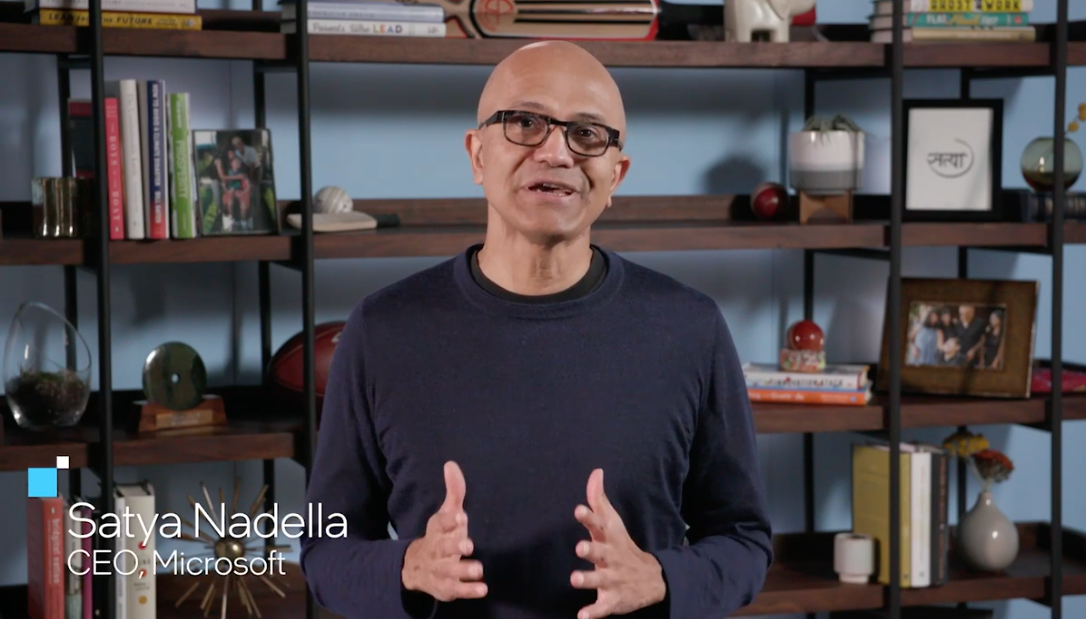

Gelsinger said the company will focus on making “PDK models” that enable easy transfer of chip designs from Intel’s factories to outside factories.
Gelsinger announced a partnership for chip design with IBM, and he invited Arvind Krishna, IBM’s CEO, in another video feed.
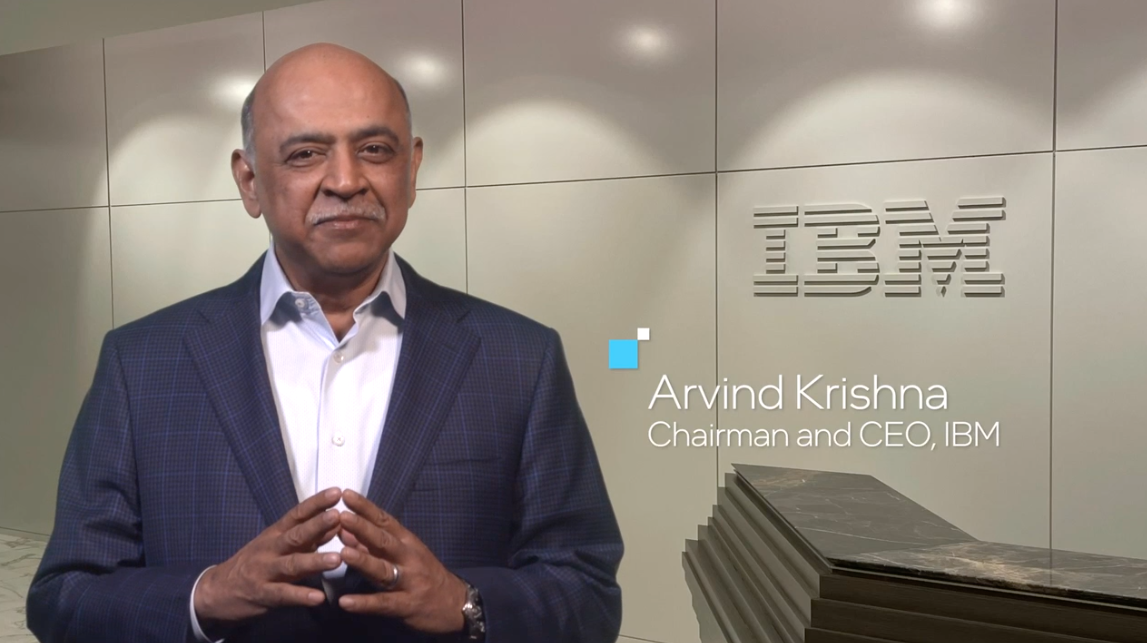

“Our IDM 2.0 plans will put us on a path to restore process leadership,” said Gelsinger.
Turning to talking about products, Gelsinger said the company “remain committed to a steady cadence of leadership products” using both its own and external manufacturing.
Focusing on CPU, Gelsinger said the company’s “Tiger Lake” part continues a “strong ramp,” and he referred to “Alder Lake,” a part coming later this year.
Then Ice Lake will bring AI capabiltiles “from the edge to the cloud,” said Gelsinger. A data center part called “Sapphire Rapids” will arrive in early 2022. Two 2023 parts, Metor Lake and Grand Rapids, will use “tiles,” he said, and will make use of TSMC’s production capabilities.
“For Q1, we expect to exceed our guidance for both top and bottom line,” said Gelsinger. The company has issued an 8-K release with the SEC with the details.
I’m thrilled to announce we are bringing back the spirit of IDF with a new event series, “Intel ON,” taking place this October in San Francisco.
